The world of aviation is vast and interconnected, with countless airports serving as gateways to destinations across the globe. From bustling hubs to charming regional airports, each one plays a vital role in facilitating travel and connecting people. In this comprehensive guide, we’ll explore the fascinating world of 128 Airports, uncovering their unique histories, innovative technologies, and the impact they have on the global aviation landscape.
Unveiling the World’s 128 Airports: A Journey Through Aviation History
The concept of air travel has evolved dramatically since its inception, and the development of airports has been an integral part of this journey. Let’s embark on a captivating exploration of 128 airports, delving into their origins, growth, and the remarkable contributions they’ve made to the world of aviation.
1. The Dawn of Air Travel: The Pioneers of Airport Development
The early days of aviation were marked by innovation and groundbreaking advancements. Airports emerged as vital infrastructure, supporting the burgeoning industry. Some of the first airports to grace the world stage include:
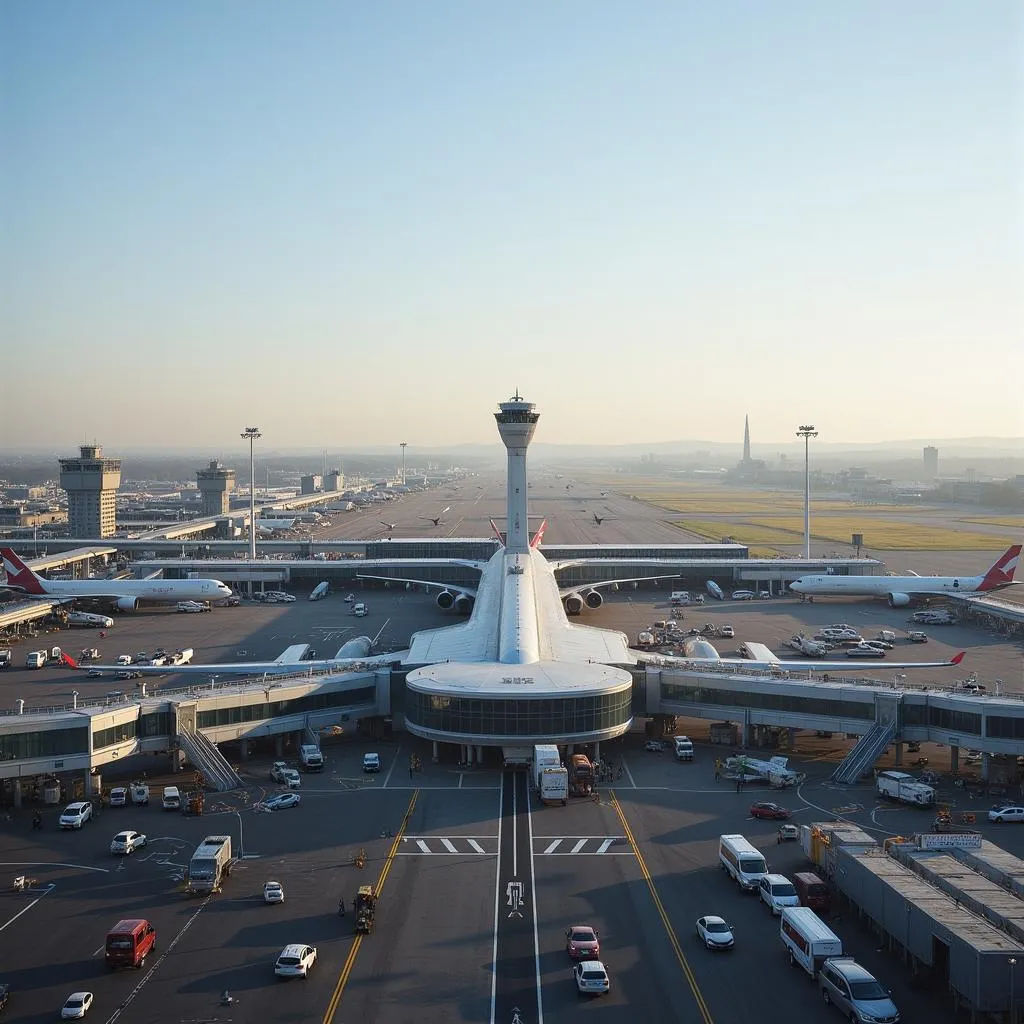 The History of London Heathrow Airport
The History of London Heathrow Airport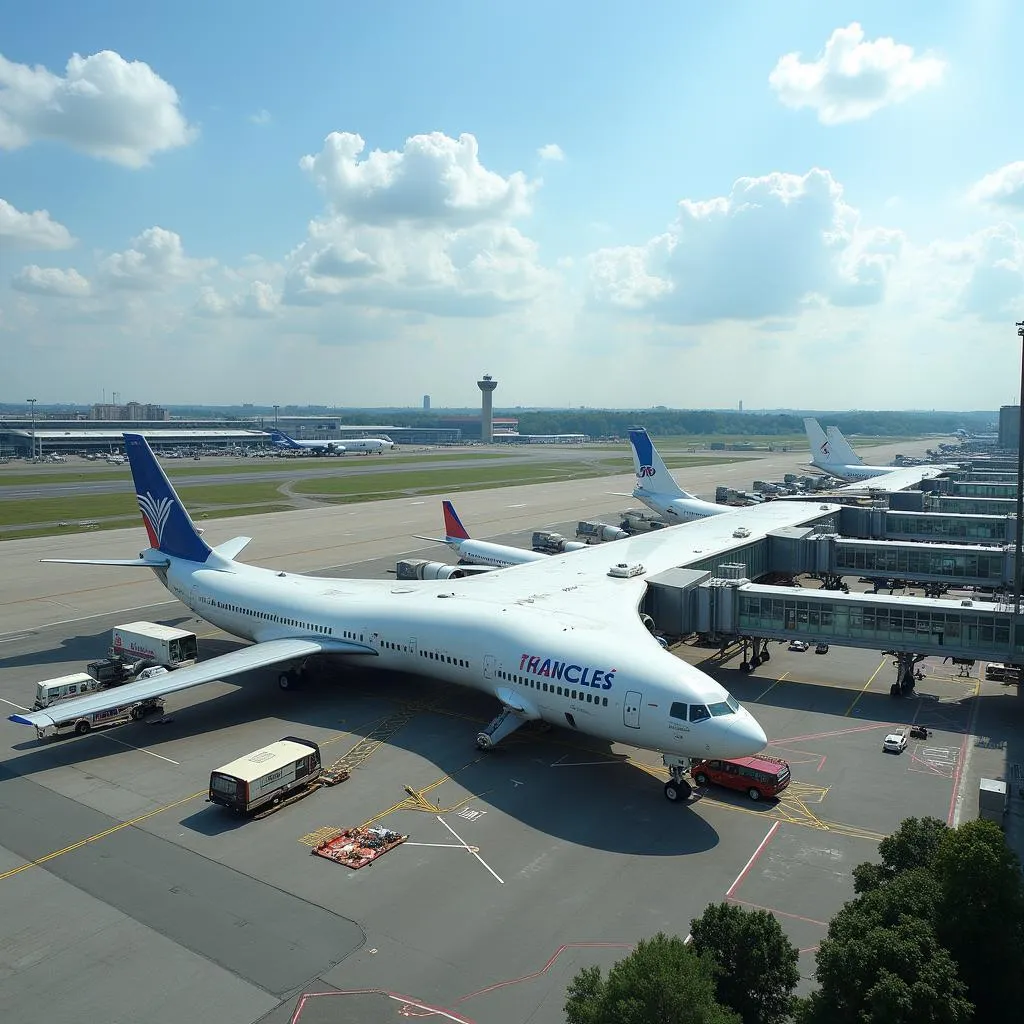 The History of Paris Charles de Gaulle Airport
The History of Paris Charles de Gaulle Airport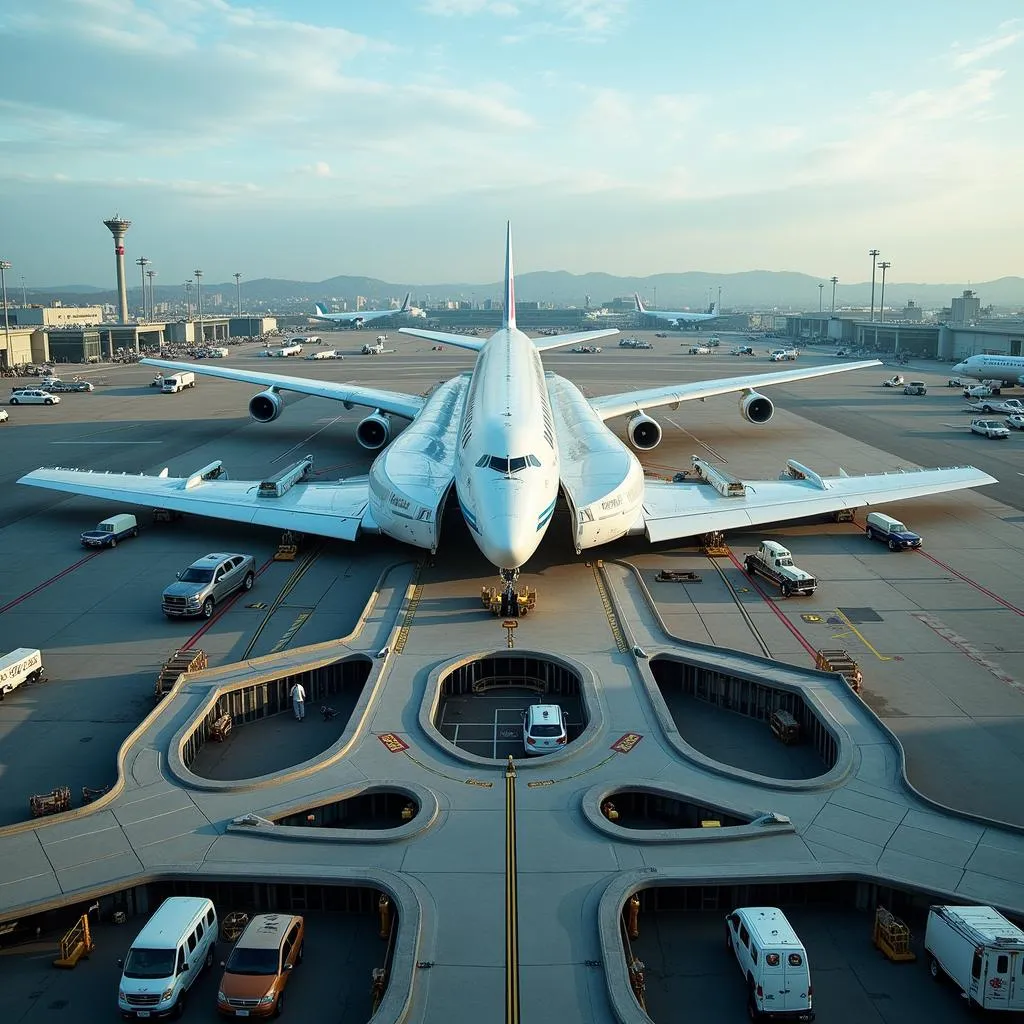 The History of New York John F. Kennedy International Airport
The History of New York John F. Kennedy International Airport
These early pioneers paved the way for the development of the vast network of airports we see today.
2. The Rise of Global Aviation: Connecting the World through Airports
As air travel became increasingly accessible and affordable, the demand for new and expanded airports surged. The mid-20th century witnessed a remarkable expansion of airport infrastructure, connecting countries and continents with unprecedented ease.
“The growth of air travel has been truly phenomenal, and the development of airports has played a crucial role in making it possible,” remarks renowned aviation expert Dr. Emily Carter.
Notable examples of airports that emerged during this era include:
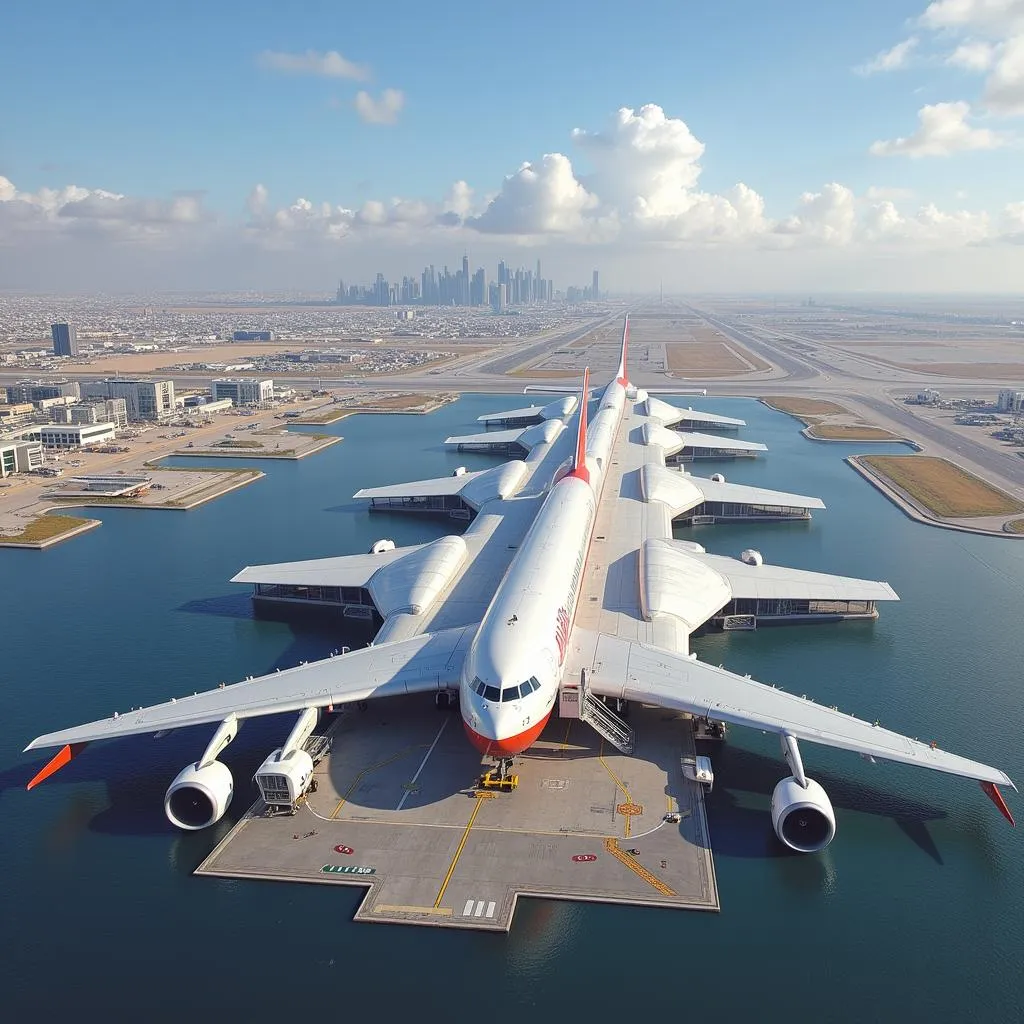 The History of Dubai International Airport
The History of Dubai International Airport The History of Hong Kong International Airport
The History of Hong Kong International Airport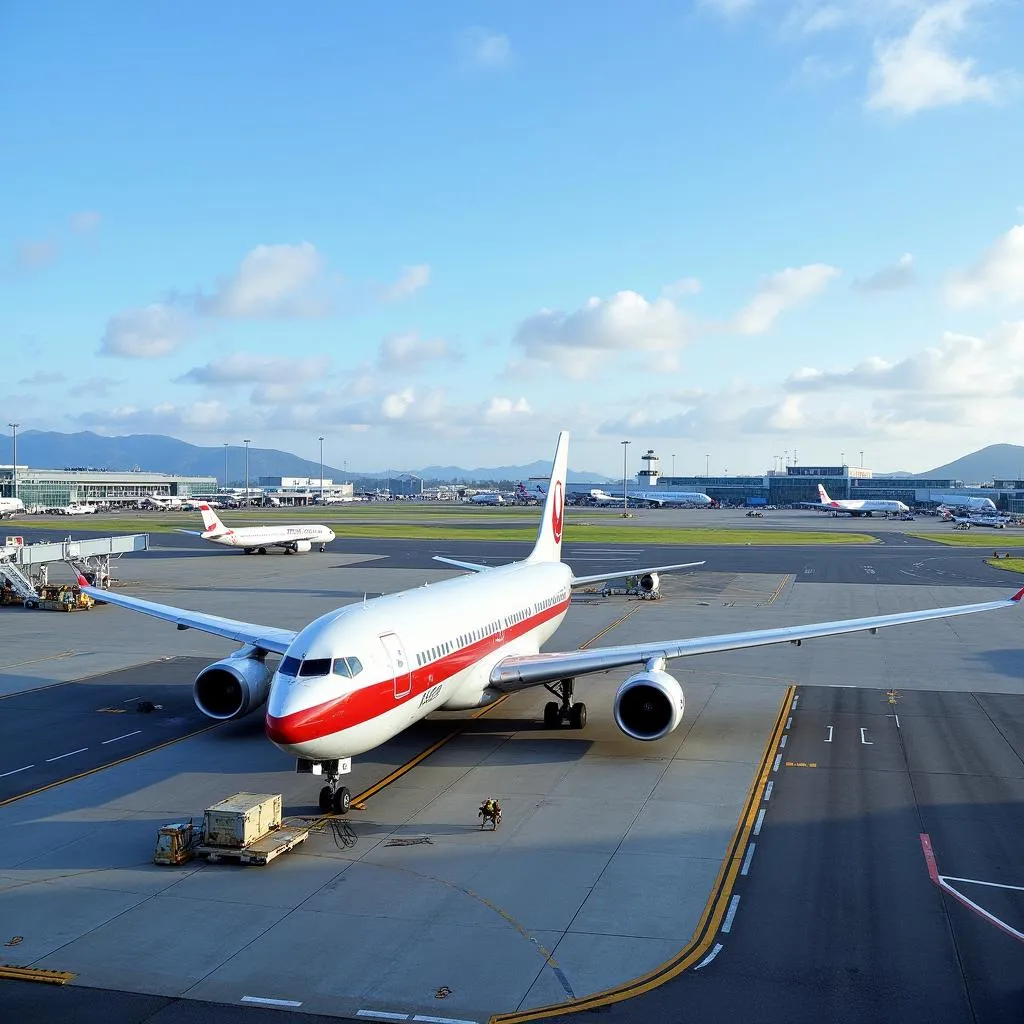 The History of Tokyo Narita International Airport
The History of Tokyo Narita International Airport
These airports epitomize the growth and expansion of global aviation, connecting people and cultures through the power of air travel.
The Future of 128 Airports: Embracing Innovation and Sustainability
As we look to the future, airports are continuing to evolve, adapting to changing travel patterns and technological advancements. Sustainability and innovation are driving forces shaping the future of 128 airports.
3. Embracing Technology: Enhancing Efficiency and Passenger Experience
Airports are increasingly embracing technology to improve efficiency, enhance the passenger experience, and streamline operations. Innovations such as:
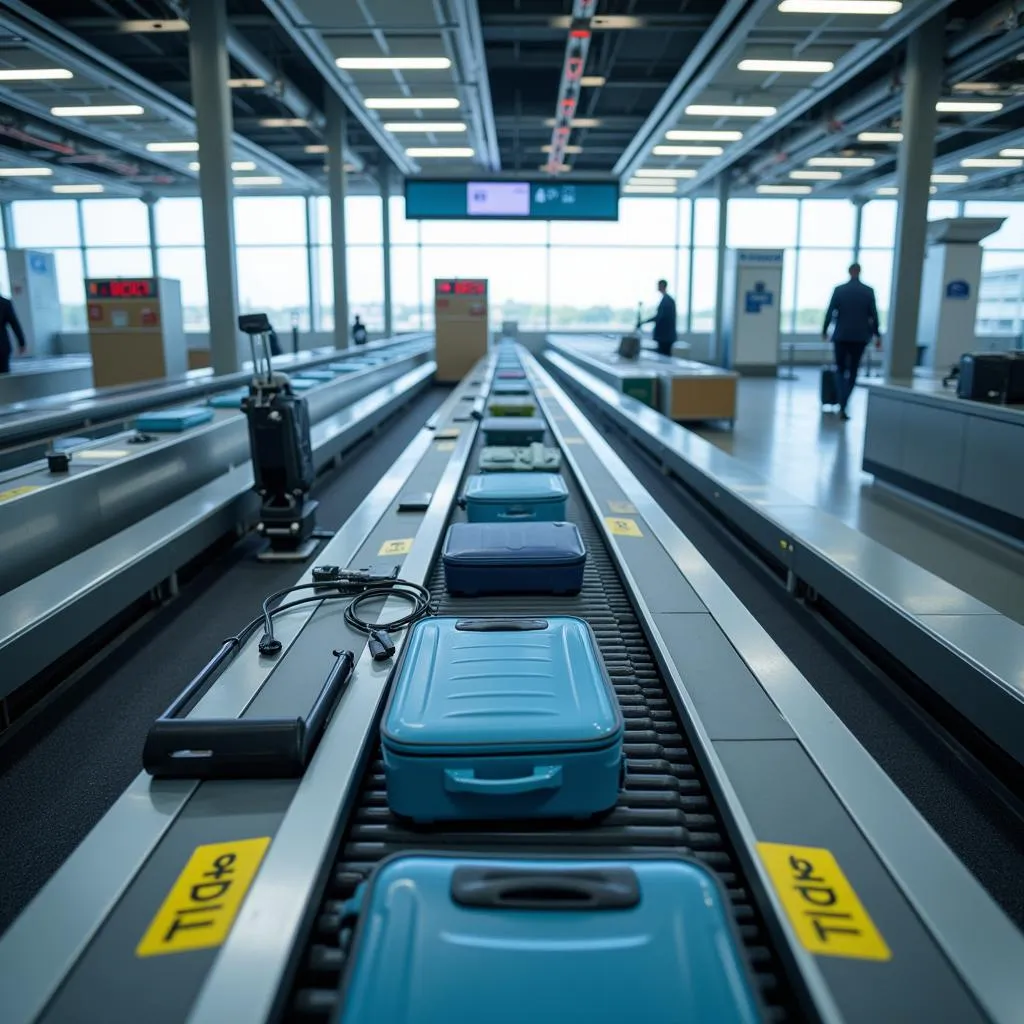 Automated Baggage Handling Systems: Enhancing Efficiency and Security
Automated Baggage Handling Systems: Enhancing Efficiency and Security Biometric Identification Technology: Streamlining Security and Enhancing Convenience
Biometric Identification Technology: Streamlining Security and Enhancing Convenience Artificial Intelligence: Optimizing Airport Operations and Enhancing Passenger Experience
Artificial Intelligence: Optimizing Airport Operations and Enhancing Passenger Experience
These technological advancements are transforming the way airports operate, making air travel more efficient and enjoyable.
4. Sustainability: Reducing Environmental Impact and Promoting Green Practices
The aviation industry is committed to reducing its environmental footprint, and airports are taking a leading role in promoting sustainable practices. Initiatives include:
 Harnessing Solar Power: Reducing Carbon Emissions and Embracing Clean Energy
Harnessing Solar Power: Reducing Carbon Emissions and Embracing Clean Energy Energy-Efficient Lighting: Conserving Resources and Reducing Energy Consumption
Energy-Efficient Lighting: Conserving Resources and Reducing Energy Consumption Effective Waste Management: Minimizing Waste and Promoting Recycling
Effective Waste Management: Minimizing Waste and Promoting Recycling
These sustainable practices are ensuring that airports play a responsible role in protecting the environment and promoting a greener future for aviation.
128 Airports: A Gateway to the World
Airports serve as vital links in the global network of aviation, connecting people, cultures, and economies. From bustling international hubs to smaller regional airports, each one plays a unique role in facilitating travel and fostering global connectivity.
“Airports are more than just transportation hubs; they are gateways to new experiences, opportunities, and connections,” emphasizes renowned travel writer, Sarah Thompson.
Exploring 128 airports is an exciting journey, revealing the diverse range of aviation hubs, each with its own story to tell. These airports stand as testament to the power of human ingenuity, innovation, and the enduring desire to connect.